If you want to future-proof your home in a world experiencing climate issues and increased living costs, solar energy may be one of the first places you look. But how do you know if solar is the right choice for you and your property?
You’re probably aware of the basic advantages and disadvantages associated with installing solar (cue the classic “it reduces your energy bills!” rebutted with the “but it’ll cost you a pretty penny!”). We’ve created a comprehensive pros and cons list that will help paint a broader picture of what solar entails.
You’re probably aware of the basic advantages and disadvantages associated with installing solar (cue the classic “it reduces your energy bills!” rebutted with the “but it’ll cost you a pretty penny!”). We’ve created a comprehensive pros and cons list that will help paint a broader picture of what solar entails.
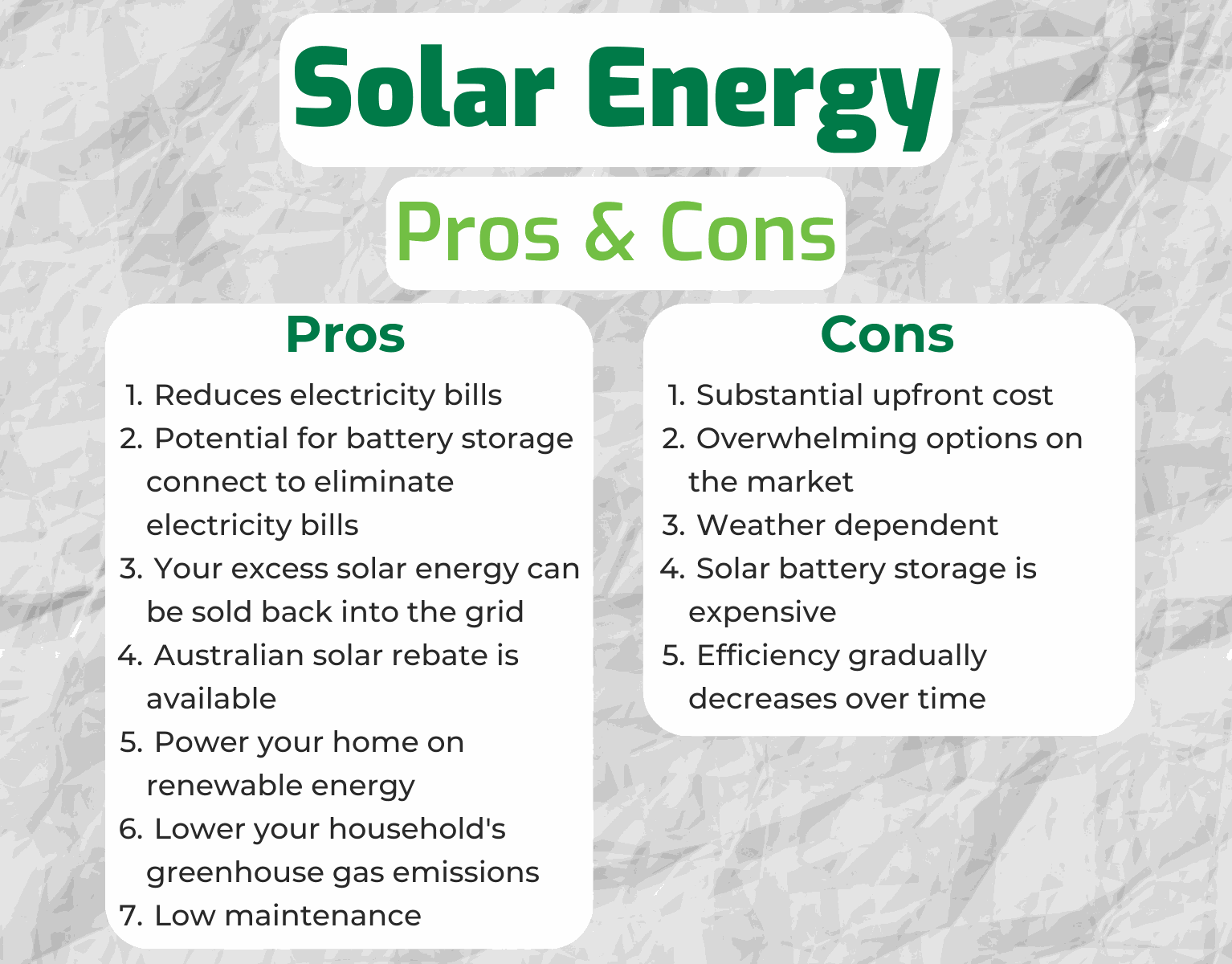
PROS
1. Reduces Electricity Bills
Yes, we’re being cliché here, but solar energy really does substantially reduce your yearly electricity bills for both homes and businesses. Solar works during the day while the sun is shining, so any appliances or energy-consuming devices you use during the day will be powered directly by the solar rather than drawing electricity from the grid. That means you are powering your property through free, renewable energy.
This can significantly reduce your electricity bill with reduced grid electricity usage, especially if you maximise your solar self-consumption by charging appliances, using the dishwasher or washing machine, or powering pool cleaning all during the day. Read more ways to increase your solar self-consumption here.
Our customers reduce their annual electricity bills by over 50% on average. When equipped with a well-designed and installed solar system appropriate to your household’s energy consumption, plus education around solar self-consumption, you could be saving thousands on power bills too.
2. Potential for Battery Storage Connection to Eliminate Electricity Bills
Installing solar on your property also opens the potential for future battery storage connections. Solar and batteries are an excellent pairing, where excess solar produced during the day is stored in the battery for future use. You can access the stored solar power at night, during inclement weather, or during power outages - basically any time your solar is unable to directly power your home.
Battery storage increasing in popularity as home and business owners seek full independence from the grid. Pairing a battery with your solar can completely eliminate your annual power bill (depending on solar and battery capacity as well as power usage), making your home 100% self-sufficient.
If your home is prone to blackouts or you simply like the idea of being self-reliant from the grid, installing solar with a battery connection is a fantastic option. Find out more about storing excess solar energy with a solar battery here.
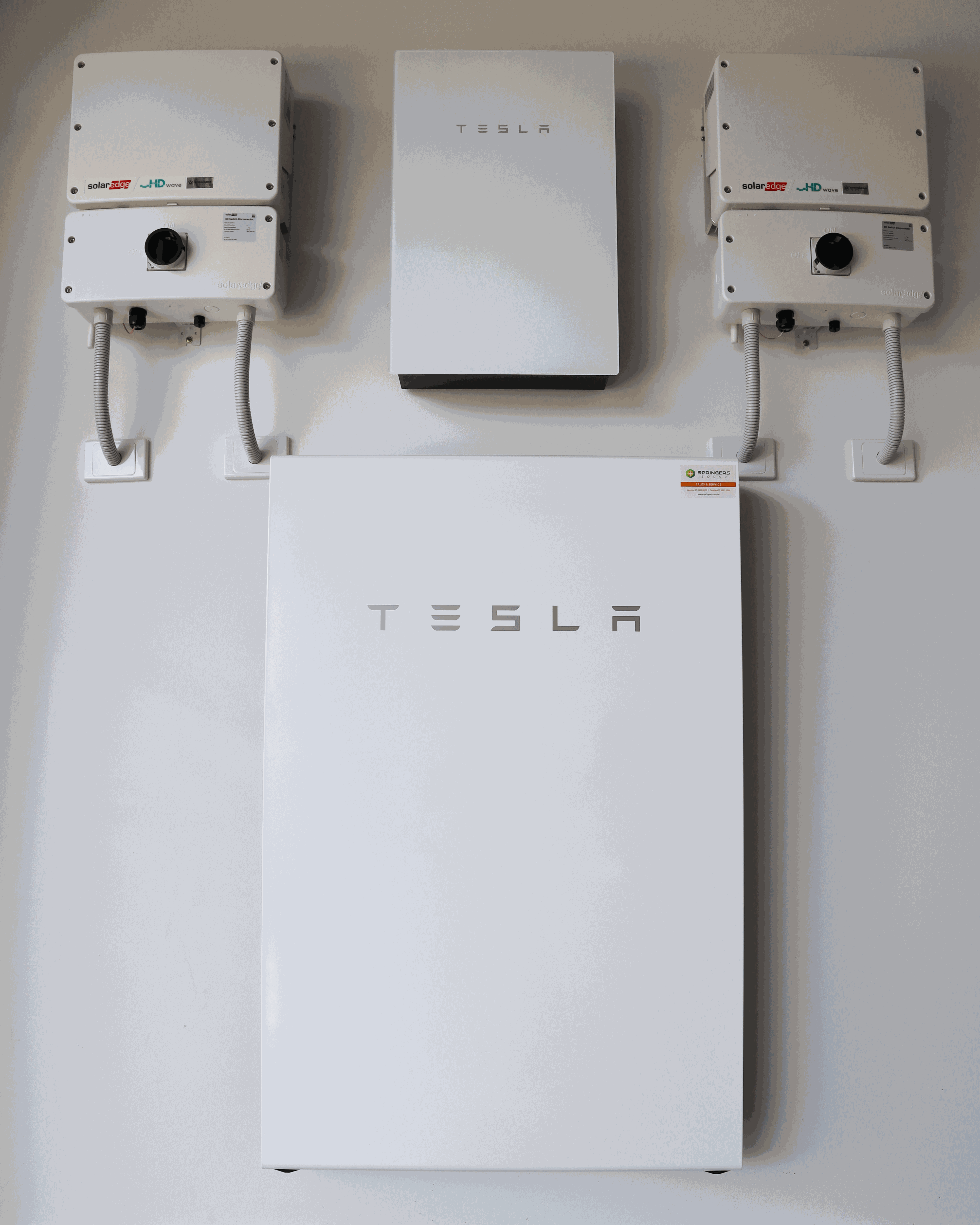
3. Your Excess Solar Energy Can Be Sold Back Into the Grid
What happens if your property doesn’t use all the solar energy it generates during the day and you don’t have battery storage to collect the excess? Any excess solar energy your system produces will be sent to the electricity grid and credited to your next electricity bill.
Your electricity provider sets a certain feed-in tariff (FiT) for its customers, and this FiT is credit customers receive from their power provider when unused energy from their solar system is exported to the grid. As of 2023, anywhere from 6 cents per kWh to 9 cents per kWh is the average tariff offered by electricity retailers.
Feed-in tariffs have reduced quite significantly over the years as rooftop solar becomes more popular and electricity retailers are inundated with excess solar. We always recommend that using your solar in your home has the greatest benefit and will improve your return on investment much faster than relying solely on feed-in tariffs. But while FiTs are quite low, it offers a better reward than nothing, and should still be taken into consideration.
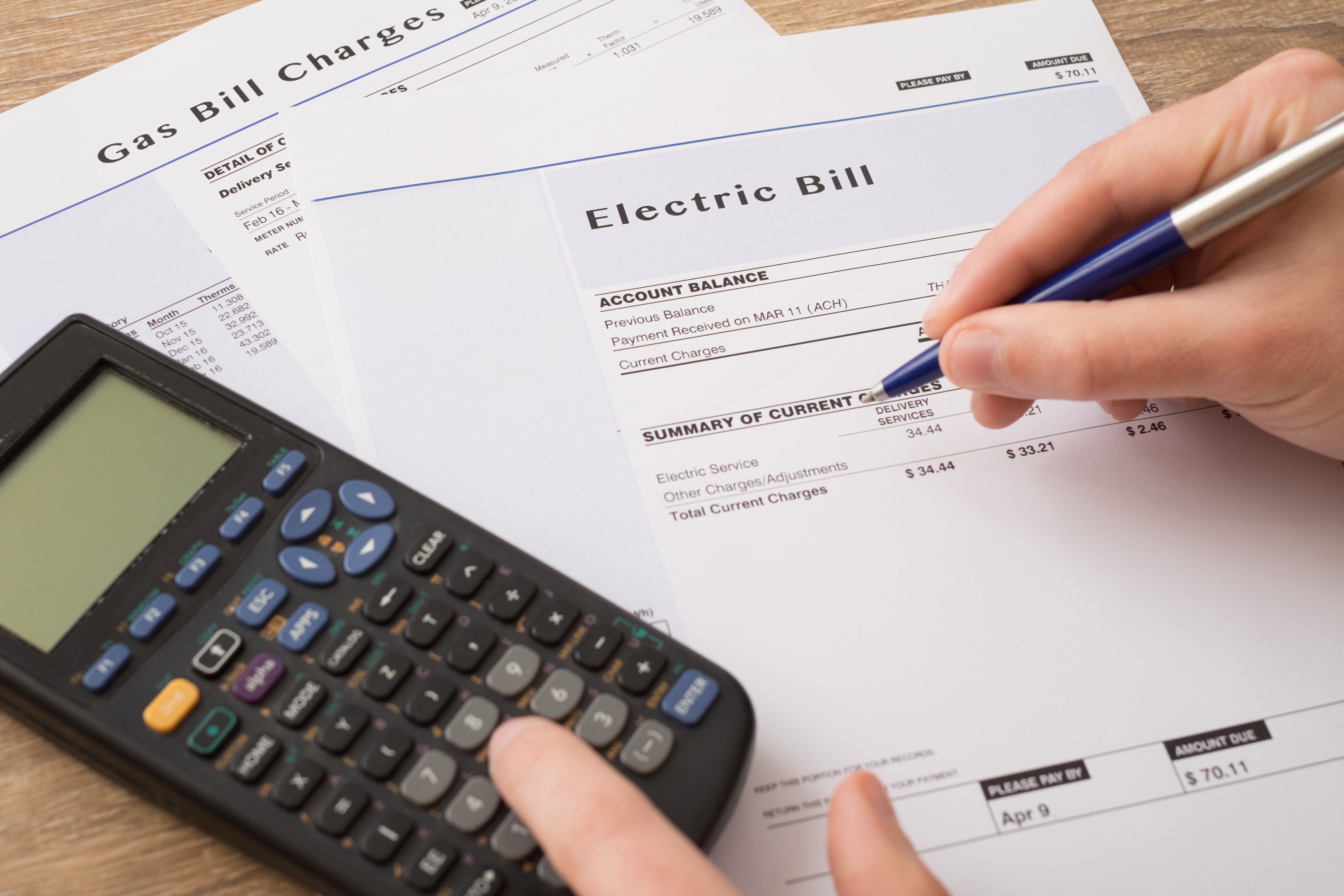
4. Australian Solar Rebate is Still Available in 2022
In the early 2000s, the Australian Federal Government released their Renewable Energy Target scheme to incentivise small-scale renewable energy system installations, including solar panel systems.

The scheme encourages homeowners or small business owners to install solar systems in return for Small-scale Technology Certificates (STCs), which, simply put, results in a trade that allows property owners to receive a discount or rebate on their solar system installation. The rebate offsets the total cost of the installation, saving on the upfront purchase price. Read more about what STCs are and how they work here.
The Renewable Energy Target scheme is set to expire in its current form in 2030. As the scheme directly interacts with STCs, the value of the STCs diminishes as this expiry date draws closer.
This is great for anyone who is looking to purchase and install solar in the near future because:
- you will be eligible to receive STCs and,
- you will receive a greater or better-valued rebate than someone looking to install solar closer to 2030 (when STCs are inevitably worth less).
5. Power Your Home on Renewable Energy
Installing a solar system in your home or business means that you are reducing your reliance on and usage of coal-fired power drastically. Solar energy is a 100% renewable resource, meaning there is an infinite supply of power from the sun. A solar system grants you the freedom to harvest the energy straight from the panels on your roof to use in your home. It’s a self-sufficient cycle that keeps your home powered by clean energy.
Powering property with solar energy is a long-term solution to reduce the population’s reliance on coal-fired electricity. With solar being one of the most accessible and cost-effective options for households and businesses, it is the most popular choice to convert to renewable energy.
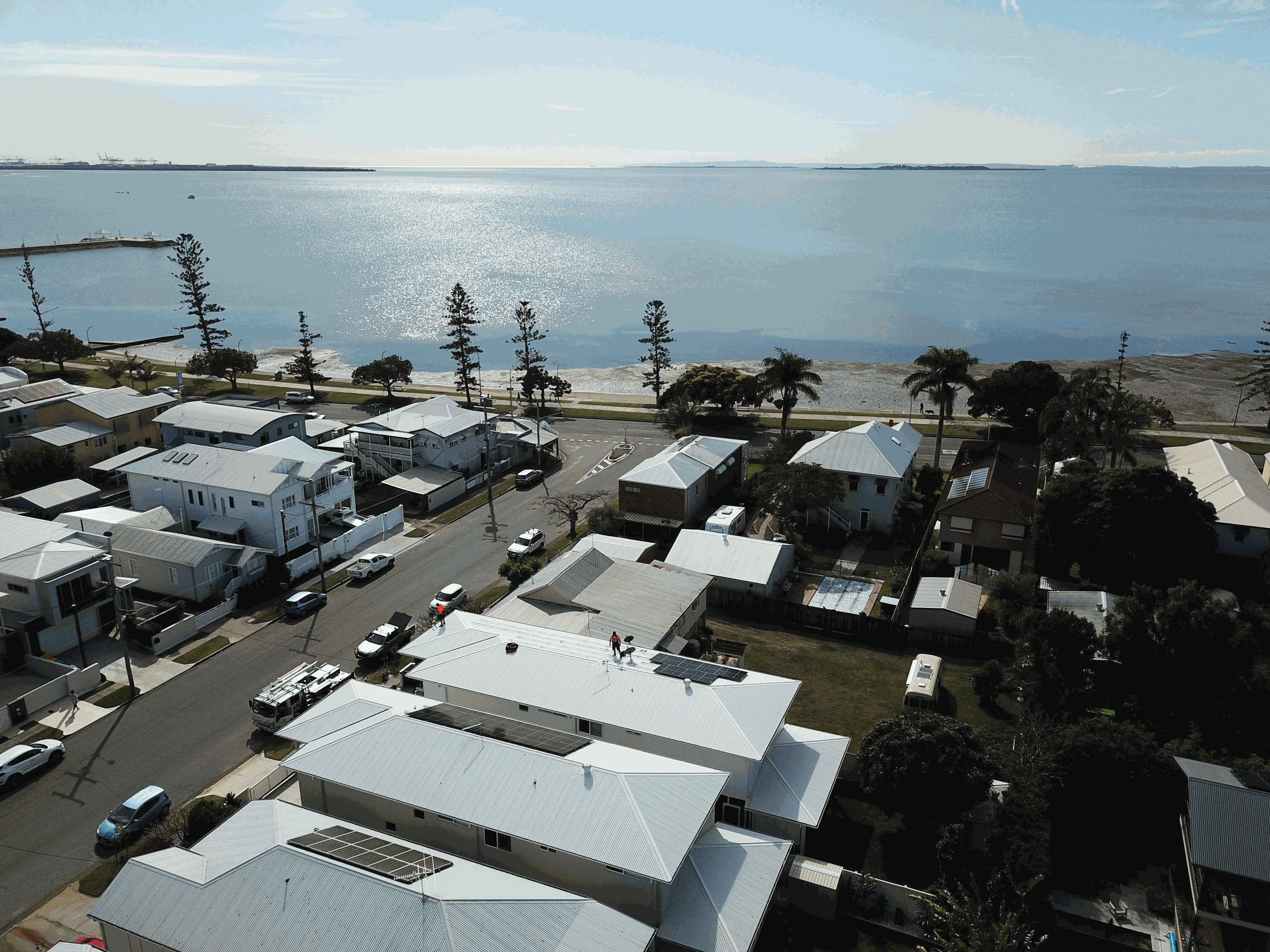
6. Lower Your Household's Greenhouse Gas Emissions
Using grid electricity negatively impacts your household’s carbon footprint as you contribute to the demand for non-renewable, coal-fired power, one of Australia’s largest greenhouse gas emitters. The burning of fossil fuels to produce electricity has major implications on the environment, as greenhouse gas emissions are released into the atmosphere and contribute to air pollution.
By using solar energy during the day (or all day if you have a battery connected), you are heavily reducing your carbon footprint by generating your own renewable electricity. A solar system does not produce any emissions when generating electricity and your decreased reliance on the grid results in a lowered carbon footprint.
By choosing solar, the average Australian household saves between 0.5 to 1 tonne of CO2 being released into the atmosphere for every mWh of solar energy used. For context, the average Australian household produces between 15 to 20 tonnes of emissions per year.
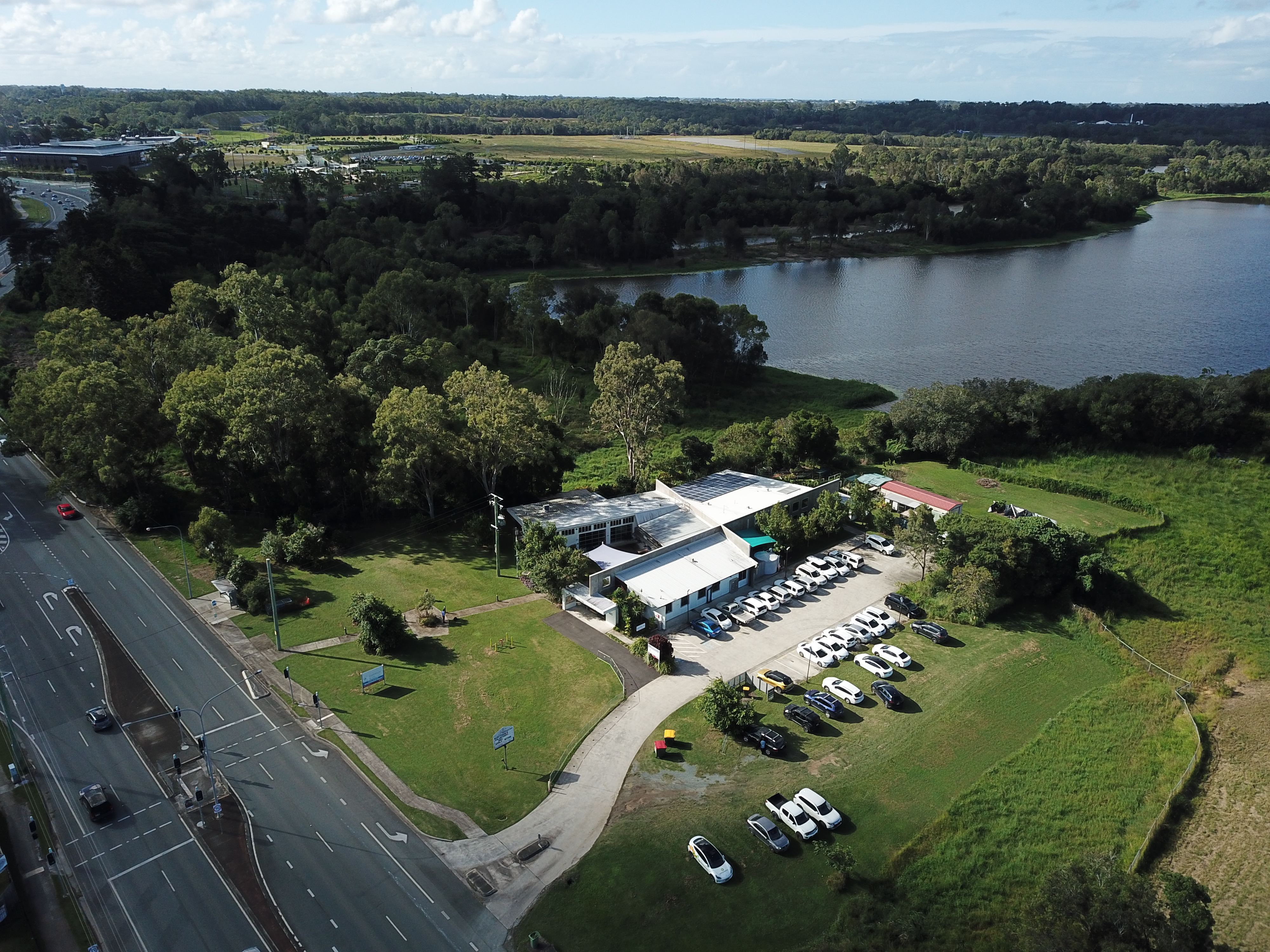
By choosing solar, the average Australian household saves between 0.5 to 1 tonne of CO2 being released into the atmosphere for every MWh of solar energy used.
7. Low Maintenance
If you’ve chosen your solar installer carefully, they will design and install a solar system that is “set and forget” - meaning, it’ll be low maintenance for years to come as the system requires minimal cleaning and servicing.
Depending on the area you live in, you may only need to have your panels cleaned once a year (more frequently if you live in dusty or salty regions). On top of that, a solar service is recommended once every one or two years. A decent installer will offer service support and will monitor your systems to ensure everything is working properly on your behalf.
Solar components also have lengthy warranties (some solar panels have 25+ years of warranty!) so you can also sleep easy knowing that your investment is protected for years to come.

CONS
1. Substantial Upfront Cost
Yes, installing solar on your home or property usually comes with a fairly hefty price tag. The price will include the installation and all solar components and is dependent on a few factors:
- Solar PV size and inverter capacity
- The selected panel, inverter, and battery components
- Any costs subject to a site inspection, such as the rooftop material type and building height.
According to Canstar Blue, Queenslanders can expect to pay approximately $4,870 for a 5kW system or approximately $8,760 for a 10kW system. It is critical that you speak with an installer who will perform a site inspection to provide you with an accurate quote, as costs can vary greatly depending on the above points and also your unique energy consumption and goals.
While being a pricey investment, it is important to remember that until 2030, Australians are eligible for the renewable energy rebate scheme (as mentioned above), which can shave thousands of dollars off the total price.
Springers Solar also provides our customers' payment plans through Solaris, a solar and battery finance provider to help Australians install their solar sooner. Have a chat with your installer to find out whether they offer any financing options.
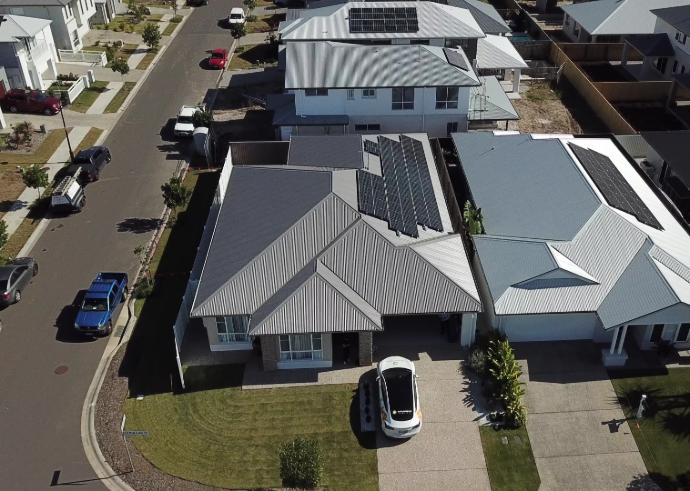
11.1kW Residential Battery-Connected System
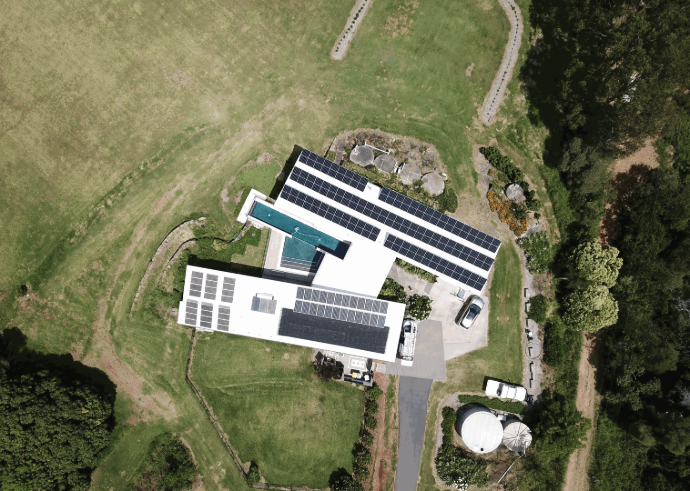
31.59kW Residential Off-Grid System
2. Overwhelming Amount of Options on the Market
There is an enormous amount of solar components available in Australia, which can be incredibly overwhelming for the average consumer. This is why it’s so important to find and discuss with a reputable installer your unique energy goals.
A good installer will consider your needs while completing a site inspection, and with a thorough knowledge of the products on the market, they can recommend a combination of components that suits you.
So, while solar is no easy feat to go organising yourself, this can be easily overcome with the help of an installer.
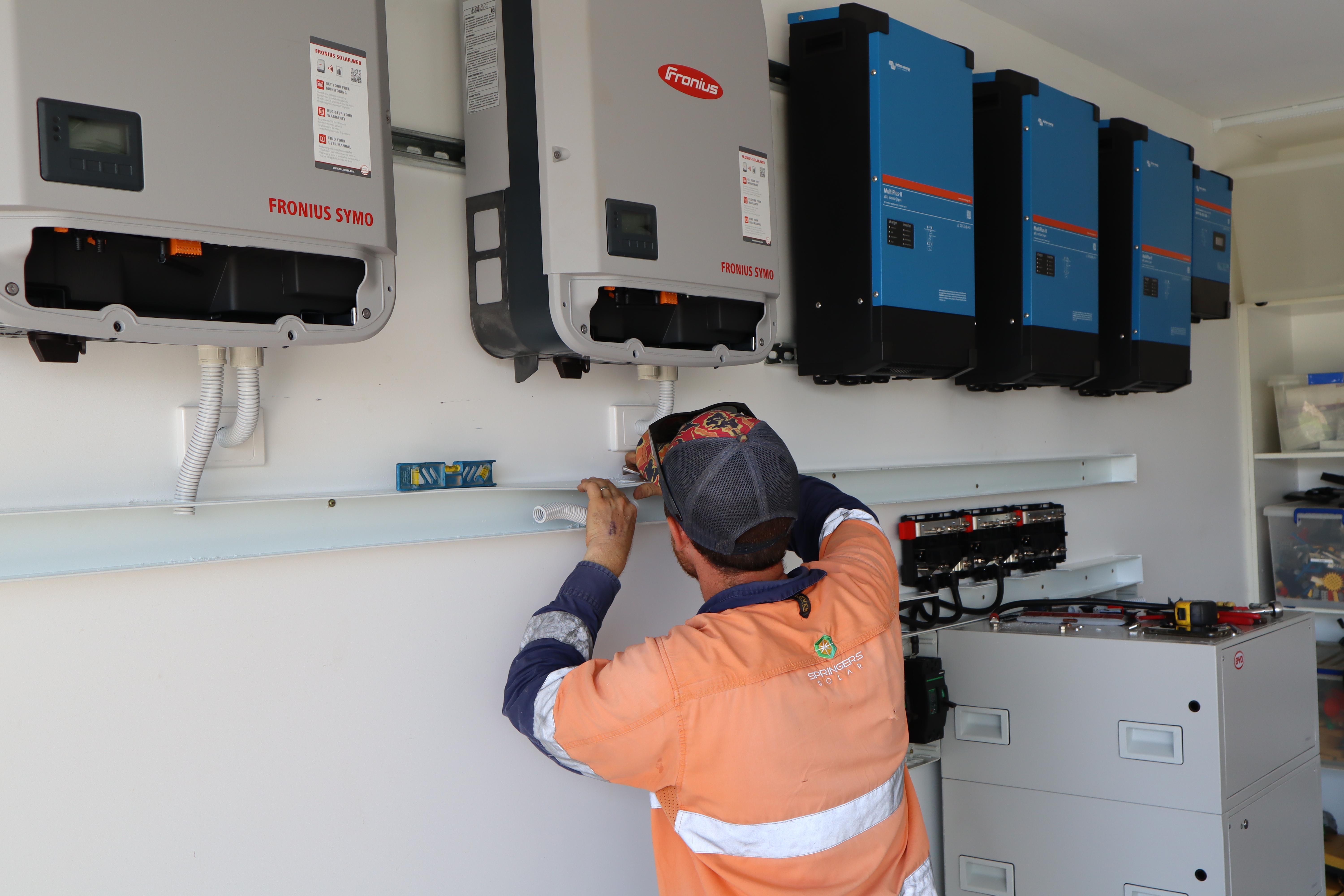
3. Weather Dependent
Solar panels convert sunlight into usable electricity, which unfortunately means that if the sun isn’t shining, your panels won’t have much work to do. This is less of an issue in sunny Australia than it is in other countries, but it doesn’t mean that there won’t be some days where your panels aren’t able to work at maximum efficiency due to cloud cover.
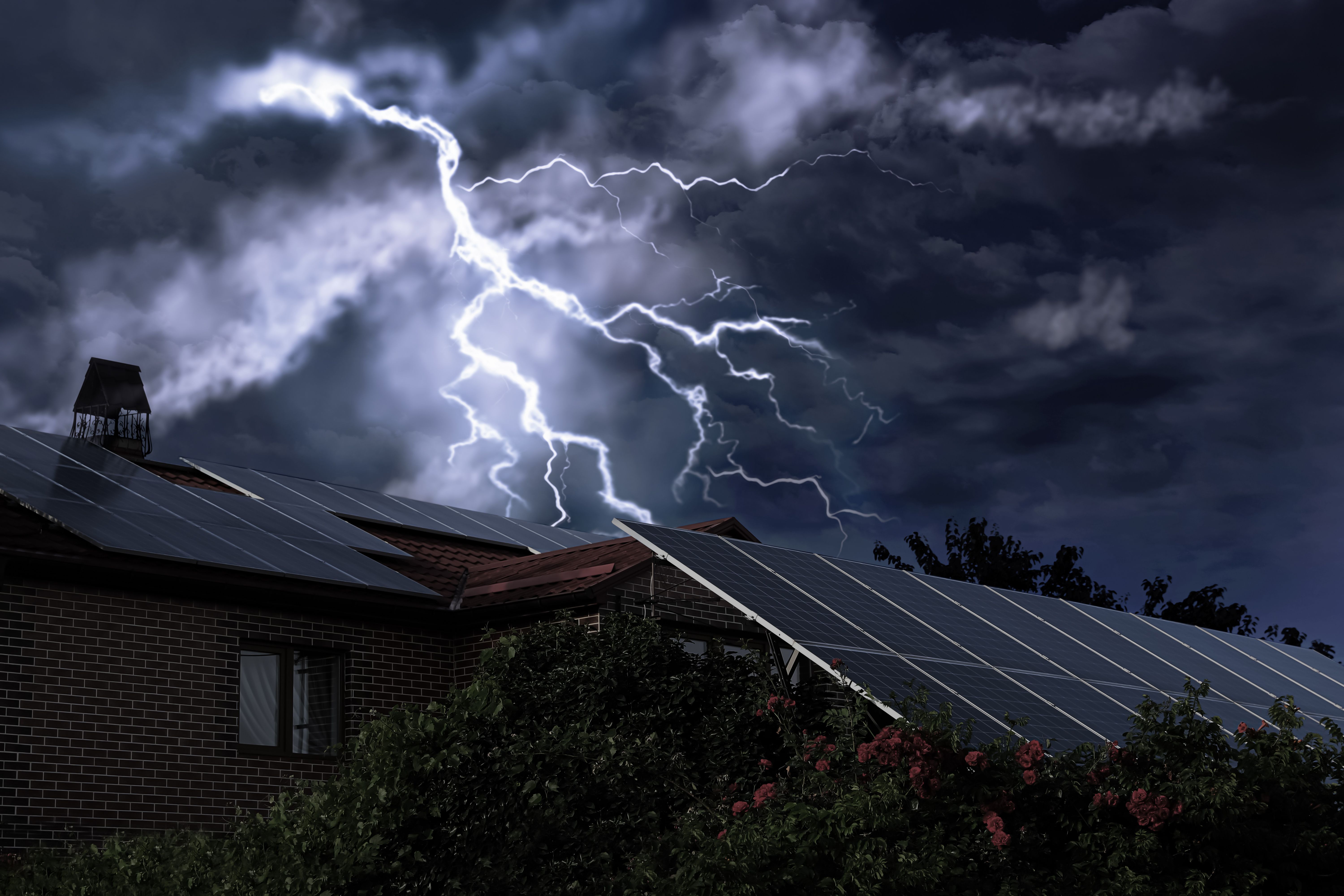

On cloudy days, the shortfall in solar power production will need to be made up for by the grid. There are solar panels and microinverters available that are designed to withstand some weather conditions, so if you live in an area that is frequently affected by weather it may be worth looking into those options. Have a chat with your installer to find out what would suit you best.
4. Solar Battery Storage is Expensive
There’s no denying it, in 2022 solar batteries continue to be a pricey investment. Currently, consumers aren’t purchasing batteries because of their price point - purchasers are choosing batteries for the lifestyle and energy independence that they entail.
There are a handful of batteries on the market in Australia currently, with more popping up every year that passes. Our premium battery on offer, the Tesla Powerwall, will set you back around $16,500 for a 13.5kWh capacity.
For many Australians, batteries are not yet a realistic investment to make. But the price of batteries is expected to eventually fall similar to how solar did. Until then, batteries will continue to be an expensive addition to a solar system.

5. Efficiency Gradually Decreases Over Time
It’s sad but true - solar panels, inverters, and batteries all gradually decrease in efficiency over time, just like any other technology. Your solar installer will provide an efficiency forecast so you can see when your components are predicted to reduce in efficiency over the coming years.
It’s important to remember that your solar components will be covered by warranty though - solar panels typically 20+ years, inverters typically 15+ years, and batteries are typically protected until the 10-year mark. Check with your installer the warranties for your components beforehand and be sure to keep your paperwork on file.
It’s also recommended to have your solar system serviced every one to two years. This will help ensure your system’s longevity and retain maximum efficiency for as long as possible. A good installer will offer after-sales servicing (like we do!) - confirm with your installer before you commit.
Springers Solar | Queensland's Most Experienced Solar Installer
Springers Solar provides quality components with proven performance, backed by industry-leading warranties, and dedicated after-sales support. Thousands of satisfied customers over more than 20 years of operation make Springers Solar one of the most established and experienced solar companies in Australia.
Springers Solar has received multiple awards for design and installation and is a certified/preferred installer for a large range of solar panel, inverter, and solar battery manufacturers, including Tesla, REC, and SolarEdge.
Our dedicated in-house team of electrical engineers, project managers, solar PV designers, solar installers and electricians work closely with you before, during, and long after your project is completed. Springers Solar offers an industry-leading 10-year workmanship warranty which is a testament to our qualified staff and offers you outstanding value and peace of mind.
Contact us about anything related to our services using the form below.
We'll get back to you as soon as possible.
Pros and Cons of Solar Energy in 2024